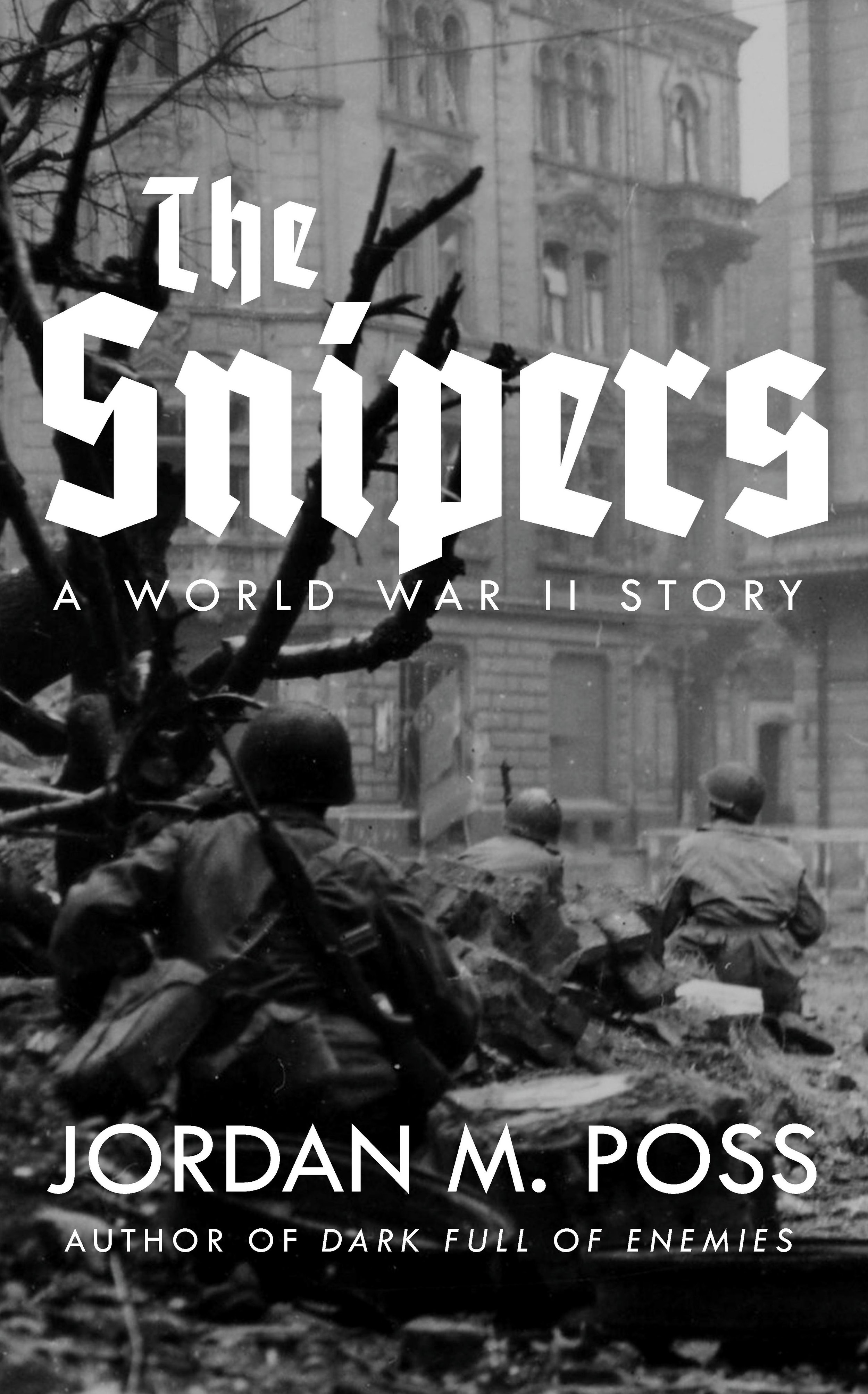Beginning with the Roswell incident in 1947, Graff tells the story through three major interweaving narrative threads. First are major incidents that shaped and directed the UFO phenomenon, including the initial Arnold sightings; the Mantell incident, in which a P-51 pilot crashed in pursuit of a high-altitude object; the Lonnie Zamora incident in Socorro, New Mexico; the Betty and Barney Hill and Pascagoula abductions; the Phoenix lights; and the Flying Tic Tac. The second thread, the one most clearly indicated in the book’s subtitle, consists of the various often halfhearted attempts by the US military and federal government to assess and understand UFOs.
The last thread of the story, interweaving with the previous two, consists of the researchers, a wide and colorful cast including Project Blue Book’s J Allen Hynek, celebrity astronomer Carl Sagan, Jacques Vallée, former intelligence officer Luis Elizondo, and a host of enthusiasts and cranks and shysters who sought to profit from the various phases of the UFO craze. Graff gives good attention to the rifts between these individuals and groups, especially those who, like Hynek, sought a genuinely scientific approach and viewed the feel-good peacenik messaging of people like George Adamski’s “contactees” as a distraction from real research and who was, in his turn, looked down upon by figures like Sagan.
These three aspects—the institutional, the personal, and the incidents themselves—and the decades-long perspective Graff offers are especially helpful in seeing how the phenomenon unfolded, first as flying saucers, then as UFOs, and recently as UAPs. The postwar context also helps explain the US military’s initial keen interest and later apathy. Once the military had determined UFOs were not Soviet weaponry or an intergalactic threat, they lost interest and ceded the field to the enthusiasts—who had been itching to take control anyway.
The historical perspective the book offers also demonstrates clearly how the mythology evolved and just how much time it had to do so. Hynek and the Air Force’s investigations went on in fits and starts and the long, slow process of declassification of projects like Mogul, the nuclear-monitoring balloons responsible for some early sighting and the Roswell debris, also fed speculation. Notably, Roswell was forgotten until its reemergence in the lore during the 1980s, when it was recontextualized as an important event—with lots of suspicious new testimonial—by UFO hobbyists.
Surprises and sympathies
That point about mythology brings me to the two surprises UFO gave me. First, early in the book, Graff quotes Carl Jung, who lived long enough to see flying saucer enthusiasm through its earliest phases and who viewed the mania—whatever the reality behind it—as the genesis in real time of a new world mythology.
This insight may not explain the entire phenomenon but is clearly correct. Viewed in chronological order, without the cross-pollination of details from different stories and the projection of later elements of the mythology backward onto earlier parts,* it is easy to see the UFO phenomenon evolving and growing in intensity and complexity—from sightings to encounters to abductions to speculation about government treaties with aliens and underground bases full of reverse-engineered alien tech. UFOs, which are ambiguous enough to mean different things to almost everyone, provide a decentralized, do-it-yourself mythology for an age of disenchantment and materialistic science.**
The second great surprise for me stems directly from the narrative shape UFO’s survey offers, and that is the sympathies I developed for different groups of researchers. UFO includes a number of cads and frauds, the kind of “flying saucer people” Charles Portis’s Gringos so sharply parodies, but beyond these low-hanging fruit are two different groups of genuine scientists who engaged with the UFO phenomenon.
The first include people like Hynek, who worked for decades with the Air Force and then on his own to understand what people were seeing and—increasingly from the early 1960s—encountering and even boarding. Men like Hynek did actual field work—when they had the funding and the manpower, anyway—visiting sites, talking to witnesses, and making a good-faith effort to sort genuine unidentified objects from those that had clear this-worldly causes. Further, they were open-minded enough to change their minds and acknowledge mistakes, which became a key part of Hynek’s story specifically.
Meanwhile, the second group are those like Carl Sagan, who dabbled in UFO research before contenting themselves with ivory tower activities—gazing deep into the navel of the Fermi paradox, fussing with the arbitrary numbers in the Drake Equation, hypothesizing about Dyson spheres as a measure of civilizational progress, fretting over the best ways to encode stick figures in signals to be transmitted to distant stars, opining on the insignificance of earth and its human inhabitants, begging for more and more taxpayer money, and occasionally abandoning spouses. For all their posture of superiority to men like Hynek, it was the latter who seemed to have his feet more firmly planted in the real world, who most directly engaged with the real, particular mysteries of the phenomenon. Not all UFO researchers are created equal.
UFO therefore does what it sets out to do: provide an overview of the history of UFO sightings and abduction stories from the perspective of researchers, both military- and government-affiliated and private enthusiasts. The book covers about eighty years of an complex and controversial topic in just over 400 pages and even manages to work in lots of odd side stories—the men in black, UFO cultists, the Majestic 12 documents, and the attitudes of various presidents to UFOs among them. Graff simplifies and excludes of necessity, but what he includes is very good, and he proves remarkably evenhanded in his treatment of ambiguous evidence.
Caveats
That said, UFO does have flaws.
The first I’d point out is a matter of emphasis. Given that Graff’s focus on the noteworthy “unexplained” cases from the early Air Force investigations, it is easy to miss that the overwhelming majority of UFO reports were and are “explained”: misidentifications, panics, and fakes. The noise-to-signal ratio is lopsidedly noise. This fact is present in UFO, between the lines—the wearying quality of UFO investigation, at least for a sincere, scientific mind, comes through clearly—but could have used closer attention.
Second, UFO has numerous puzzling footnotes, many of which have little to do with the passage they annotate. Others seem to be there to take potshots at figures like J Edgar Hoover or to work in information Graff presumably turned up for his previous book on Watergate. Most of them could be cut.
A third flaw is thematic. Graff makes much of the openness of non-Western religions and Mormons like Harry Reid to life on “other worlds.” He implies more than once that scientific resistance to extraterrestrial life stems, directly or indirectly, from Christianity, which in his telling limits intelligent life to earth and would be threatened by its existence elsewhere. This is a myth reinforced by the pronouncements of the irreligious. Here, contra that idea, are the evangelical Michael Heiser and Catholic Jimmy Akin on actual Christian approaches to life on other planets. This is a minor point but an annoying one.
The fourth flaw has more to do with the subject itself. As UFO folklore spread and evolved it grew enormous. A survey like this must be selective, and Graff mostly selects well. But the later chapters, covering the 1980s to the present, felt rushed compared to the earlier sections, and it is here that there is some merit to accusations that Graff has omitted crucial material. The most obvious example is Bob Lazar, a man I take to be a fraud but whose testimony has had a death grip on UFO enthusiasts for decades. He is not even mentioned. Given Lazar’s purported background at Area 51, this material is firmly within the book’s subject area and could have been useful in conveying how the phenomenon has evolved in the recent past, especially considering how often he comes up in UFO discussions now. Again, not everything can—or should—make it into a book like this, but bringing in Lazar and emphasizing the increasing influence of Erich von Däniken’s ancient astronauts theories, among other recent aspects of the movement, could have strengthened the later passages of the narrative.
The final flaw with UFO is something I rarely bring up, but that is presentation. UFO has the most typos, misspellings, and syntactical mistakes of any professionally published book I’ve ever read. Every chapter has multiple errors. I don’t take this to be Graff’s fault, but it’s so pervasive it’s worth mentioning. If Graff ever produces a second edition, I hope the publisher will take more care over this.
Conclusion
Even with those quibbles in mind, UFO is a timely, useful, and enjoyable book, covering a vast amount of material from numerous perspectives. With new if inconsequential UFO revelations every year and more and more rampant speculation, especially in the podcasting world, where the last eighty years of material can frantically crossbreed newer and more powerful conspiracy theories, having a survey view of how this all began should prove helpful to anyone interested in the topic. UFO may not cover everything, but it offers a detailed and nuanced look at the people and events that gave rise to our present obsessions with the little green men.
* “Greys,” for example, which come into the mythology relatively late with later versions of Betty and Barney Hill’s story before being heavily popularized by Whitley Strieber (whom Graff writes about) in the 1980s, are often inserted into modern visual interpretations of earlier incidents like the Eagle River “pancakes from outer space” incident (which Graff does not include), in which a Wisconsin farmer encountered the occupants of a UFO and afterward described them in entirely humanoid terms. Later depictions frequently substitute greys for what he described.
** As I have theorized here recently, UFOs and aliens offer the thrill of the gothic within non-threatening materialistic modern parameters.




















